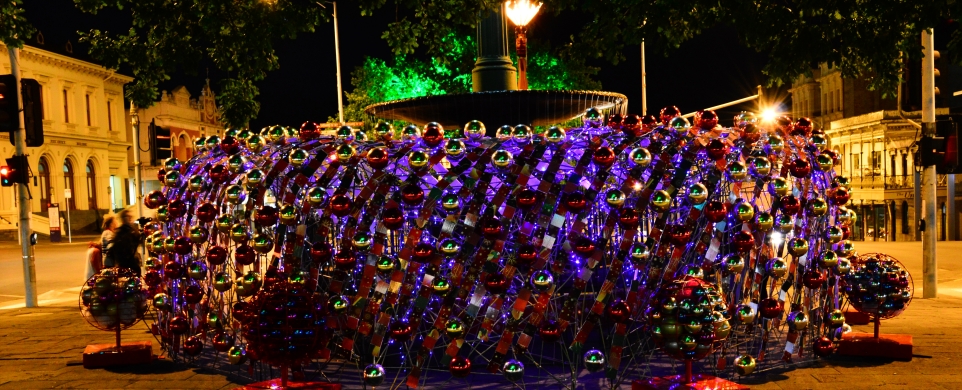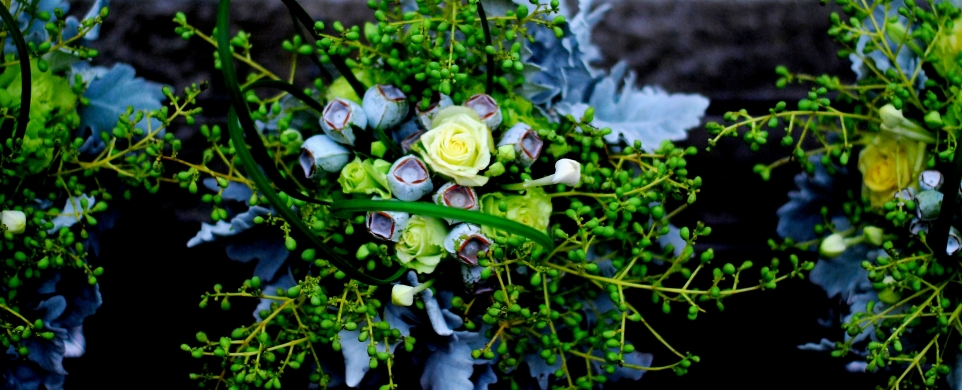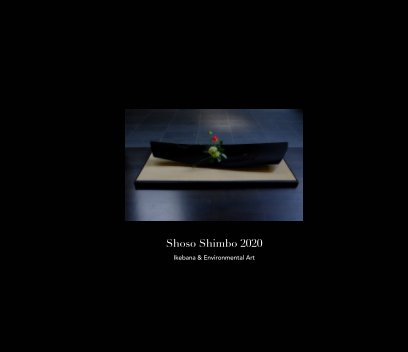Five finalists for the 2013 Ikebana Gallery Award have been announced. Please visit our blog. Thank you.http://ikebanaaustralia.blogspot.com.au/2013/07/finalists-for-2013-ikebana-gallery-award.html
http://www.shoso.com.au
https://www.facebook.com/ikebanaaustralia






























